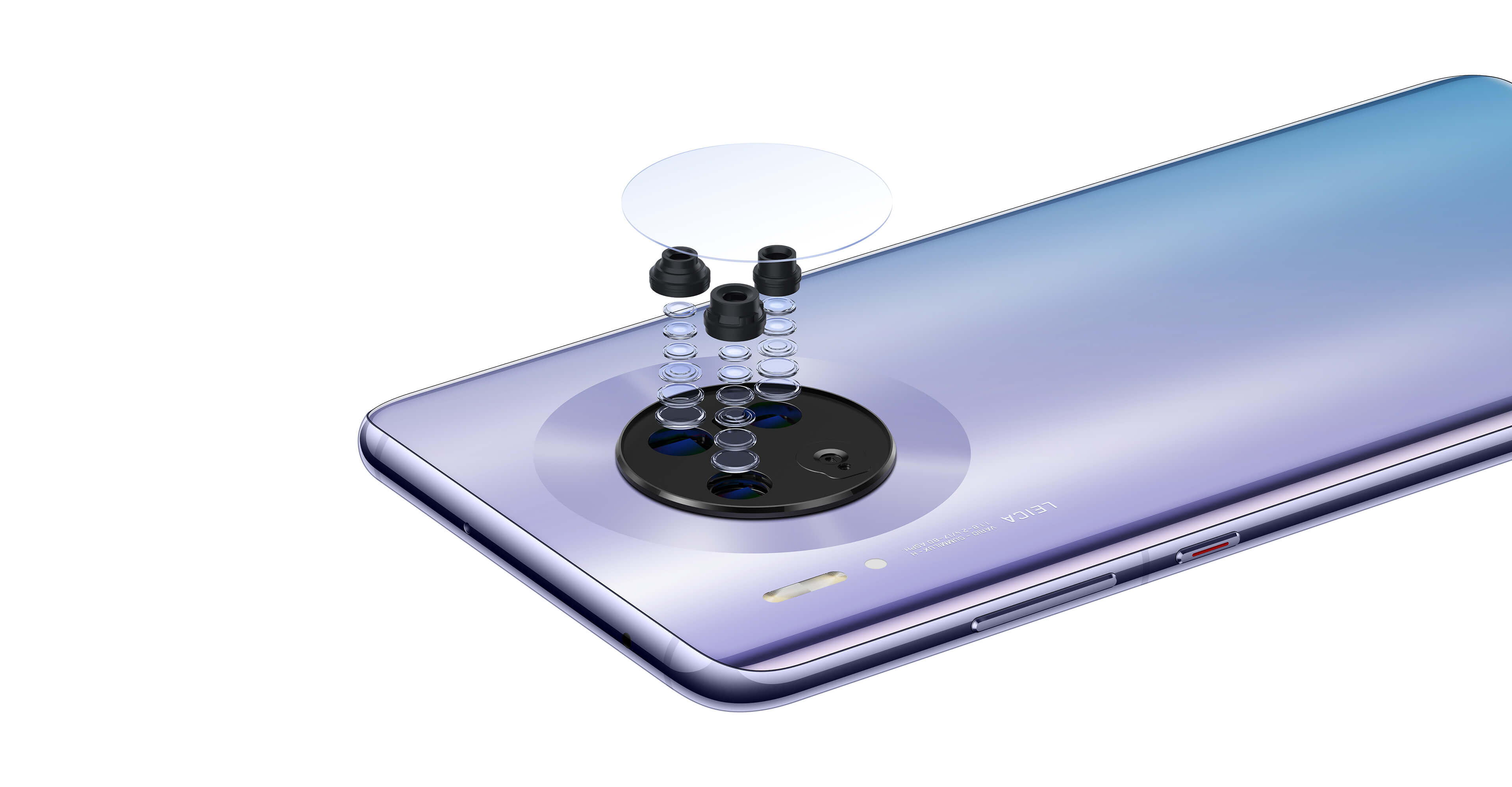 APPS
APPS
 APPS
APPS
 APPS
APPS
Huawei Technologies Co. Ltd. launched its flagship Mate 30 phones today at an event in Munich, Germany, and as expected the phones are the first releases from the company that don’t include official Google LLC apps.
The ban on Google apps was revealed in August when Google executives said that the latest 90-day reprieve on U.S. technology sanctions did not extend to new devices and hence Google was unable to license its apps to Huawei for the Mate 30 and future phones. The Mate 30 and Mate 30 Pro do still come with Android installed but without the Google apps pre-installed for users.
“Pre-installed” is the key word here because there’s no legal restriction on Huawei users installing the apps themselves; it’s just that Huawei can’t license them and provide them directly with the devices. The process to install Google apps isn’t particularly hard, but it does take a small amount of knowledge to install the software required for the Google Play store, which acts as the gateway to the other apps, to work.
The lack of Google apps aside, Huawei’s Mate 30 and Mate 30 Pro are impressive on paper, providing a credible alternative to Samsung Electronic’s Co. Ltd.’s Galaxy Note 10 and Note 10 Plus, the most obvious rival devices.
Both phones ship with a Huawei Kirin 990 Octa-core processor with Mail-G76 graphics processing units. Software is the same on both: EMUI 10, Huawei’s take on the open-source version of Android, based on Android 10. But that’s where the differences mostly end.
The Mate 30 offers a 6.62-inch FHD OLED with a 2340-by-1080 resolution, while the Mate 30 Pro offers a slightly smaller 6.53-inch curved OLED “Horizon Display” at 2400-by-1,176. The Mate 30 is offered with 6 or 8 gigabytes of memory. The Mate 30 Pro only offers 8GB of memory, while storage is 128GB on the Mate 30, and the Mate 30 Pro has the option of 128 or 256GB. Both phones come Nano-Memory slots, a new type of memory pushed by Huawei as an alternative to micro SD.
On the rear, the Mate 30 comes with three cameras — 40-megapixel, 16MP ultrawide and 8MP telephoto — while the Mate 30 Pro comes with 40MP, 40MP ultrawide, 8MP telephoto and a 3-D depth sensor. Front-facing cameras on the phones are 24MP and 32MP, respectively.
The final differences come down to battery and ports. The Mate 30 has a 4,200-mAH battery and 3.5-millimeter headphone jack, while the Mate 30 Pro has a 4,500-mAH battery and no headphone jack.
The Mate 30 with 8GB of RAM and 128GB storage is €799 ($883). The Mate 30 Pro has 8GB of RAM and 256GB of storage is €1,099 ($1,215) for the 4G model, while the 5G model is €1,199 ($1,325).
Support our mission to keep content open and free by engaging with theCUBE community. Join theCUBE’s Alumni Trust Network, where technology leaders connect, share intelligence and create opportunities.
Founded by tech visionaries John Furrier and Dave Vellante, SiliconANGLE Media has built a dynamic ecosystem of industry-leading digital media brands that reach 15+ million elite tech professionals. Our new proprietary theCUBE AI Video Cloud is breaking ground in audience interaction, leveraging theCUBEai.com neural network to help technology companies make data-driven decisions and stay at the forefront of industry conversations.